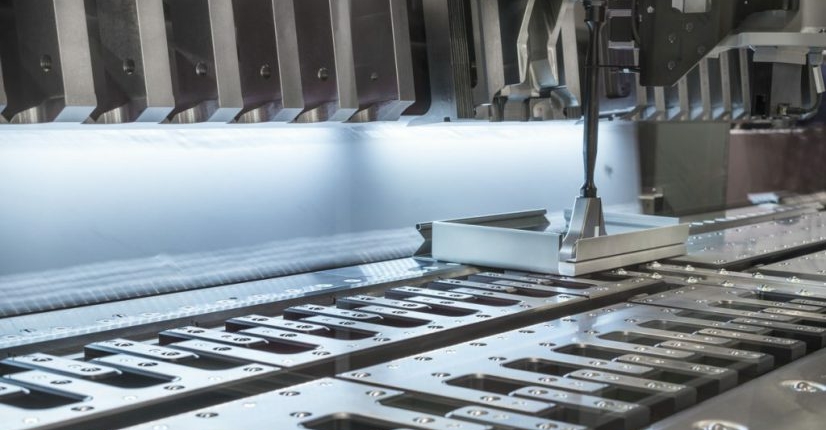How Tight Tolerance Need For Your Metal Stamping
How tight of a tolerance do you need for your metal stamping? That’s a good question. The answer isn’t complex, nor is it simple and straightforward.
Tolerance, defined as the permissible limit or limits of variation in the manufacturing process, is used throughout the development of a metal stamping. Tolerance specifications are frequently tweaked at each stage of the design process, sometimes leading to an excessively tight tolerance that prevents the execution and completion of the primary goal – the manufacturing of a product. How large can a tolerance be while still producing a product that meets the necessary specifications for form, fit, function, safety, certification, and other regulations? The answer lies in the insight and knowledge of an experienced manufacturing professional.
Metal stamping tolerance – how tight is too tight?
Several factors influence tolerance, including SPC guidelines, government/industry regulations, engineering design, and customer demands, to name a few. An idea, when brought to life on the drawing board, may not have a tolerance level applied to it. When that concept graphic is presented to an engineer, he/she may tighten tolerances based upon engineering principles. Other tolerance specifications may be used internally based on company practice. Regulations, particularly for medical or automotive products, will tighten the tolerance even further. Finally, a customer’s preference for form or appearance may cause the tolerance to tighten once more.
Finally, the product may be deemed “unmanufacturable.” Yes, unmanufacturable isn’t a word or an industry term, but perhaps it should be. In other words, a tolerance can be so tight that it prevents the stamping from being manufactured. Just as there can be too many cooks in the kitchen, there can be too many experts in the manufacturing world adjusting and tightening tolerance to the point where manufacturing is hampered. Even if production is technically feasible, tight tolerances, like the manufacturing elements of time, material, and scrap/waste, translate to higher production costs or additional costly controls in the manufacturing process.
How does an experienced metal stamping manufacturer deal with tolerance?
Tolerance management is a dance. If you hold your partner too tightly, he or she will be unable to move, but if you do not lead, the dance will fall apart. When specifications are too tight in manufacturing, production suffers, but without proper tolerance, a product may be unusable. There must be a balance between the required specifications and a reasonable tolerance range.
Tolerance specifications can be negotiated in some cases. A customer, for example, can be persuaded to “give” on a form element that has no bearing on the overall function of the product. A tolerance based on a sharp, ninety-degree angle or some other design idea that does not translate to “real world” stamping is also unnecessary.
So, how tight of a tolerance do you need for your metal stamping?
We’re back to our original question, and as the title suggests, the answer is dependent on a number of factors. The manufacturer’s goal is to work with and within the limits of tolerance while negotiating away unnecessarily tight tolerance levels. Tolerance specifications are important, but too tight tolerances impede the manufacturing process, raise costs, and cause headaches for both manufacturers and customers. Once the manufacturer has met the safety, industry, governmental, form, and functional requirements, he or she can work toward loosening tolerance. What kind of tolerance do you require for your metal stamping? It should only be as tight as necessary.



发表评论
Want to join the discussion?Feel free to contribute!